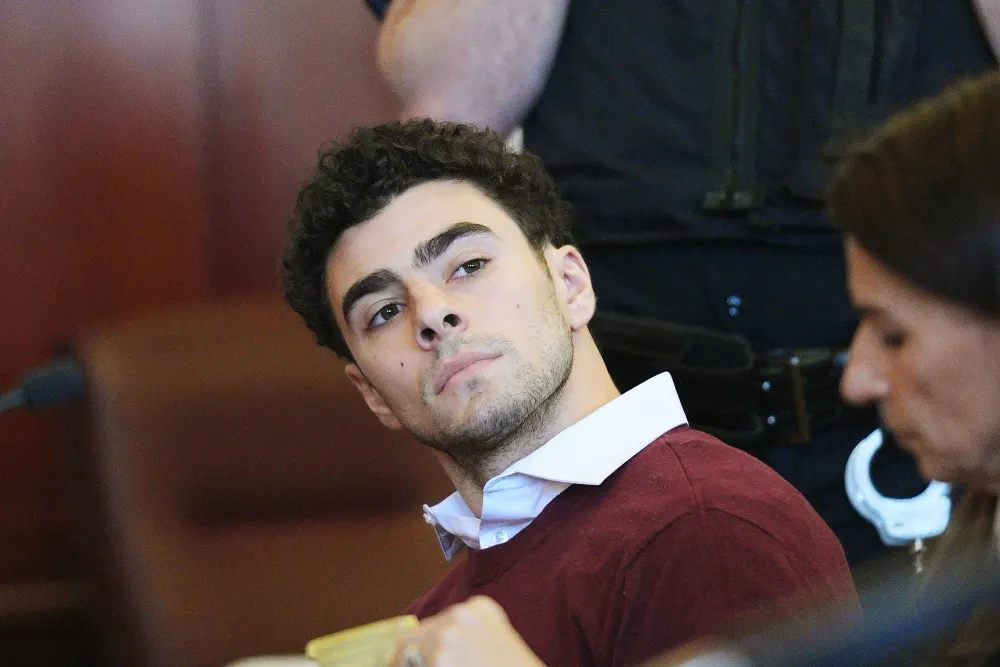Trump’s comments, which were made during a series of interviews and speeches, have centered on what he describes as Canada’s unfair trade practices and its handling of economic issues that he believes have negatively impacted the U.S. He has repeatedly criticized Canadian trade policies, particularly in the dairy and agricultural sectors, claiming that they harm American farmers and workers. These statements echo similar rhetoric he used during his presidency when he took aim at several trade agreements, including the North American Free Trade Agreement (NAFTA), which he sought to renegotiate and ultimately replaced with the United States-Mexico-Canada Agreement (USMCA).
While the U.S.-Canada relationship has had its moments of tension, particularly under Trump’s leadership, these latest remarks signal a more aggressive posture. Critics argue that targeting Canada—traditionally a strong partner in trade, defense, and diplomacy—could damage the long-standing alliance between the two nations and set the stage for future conflict. However, Trump’s supporters may view this as part of his broader strategy to put America’s interests first, even if it means challenging long-established diplomatic norms.
But Trump’s rhetoric about Canada could be just the beginning. Many analysts believe that, as he continues to stake out his positions for a possible future presidential run, he may broaden his criticisms to include other allies and global institutions. His track record suggests that no country, even longtime allies, is off-limits if he perceives that they are not advancing American interests in ways he deems necessary. His comments about Canada could be seen as a way to demonstrate his willingness to take on international powers that he believes have benefited from U.S. generosity or weakness.
This "America First" mentality could have significant repercussions on U.S. foreign policy if Trump returns to office. His confrontational approach with Canada might be a harbinger of similar tactics toward the European Union, Japan, or other longstanding partners. While such rhetoric may rally his base, it also risks isolating the U.S. from important diplomatic and trade relationships that have helped maintain global stability and prosperity.
In conclusion, Trump’s ongoing criticisms of Canada could be a strategic move designed to solidify his position as a champion of American sovereignty and economic strength. However, this stance may be just the beginning of a broader campaign against not just Canada, but any country he perceives as challenging American interests in the global arena. As Trump’s political future continues to unfold, it remains to be seen whether these remarks will reshape U.S. foreign policy or merely be another chapter in his controversial legacy.














